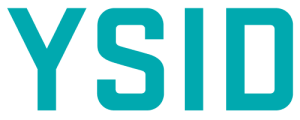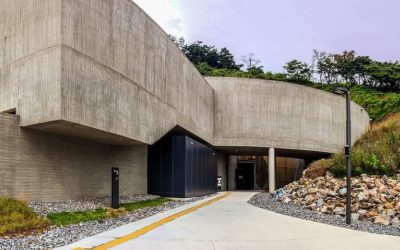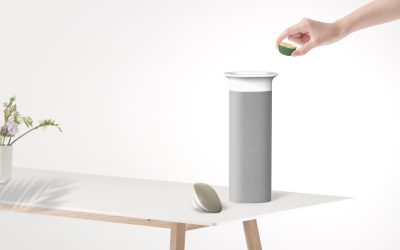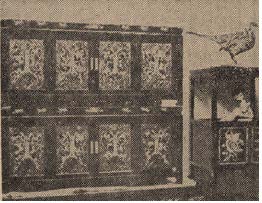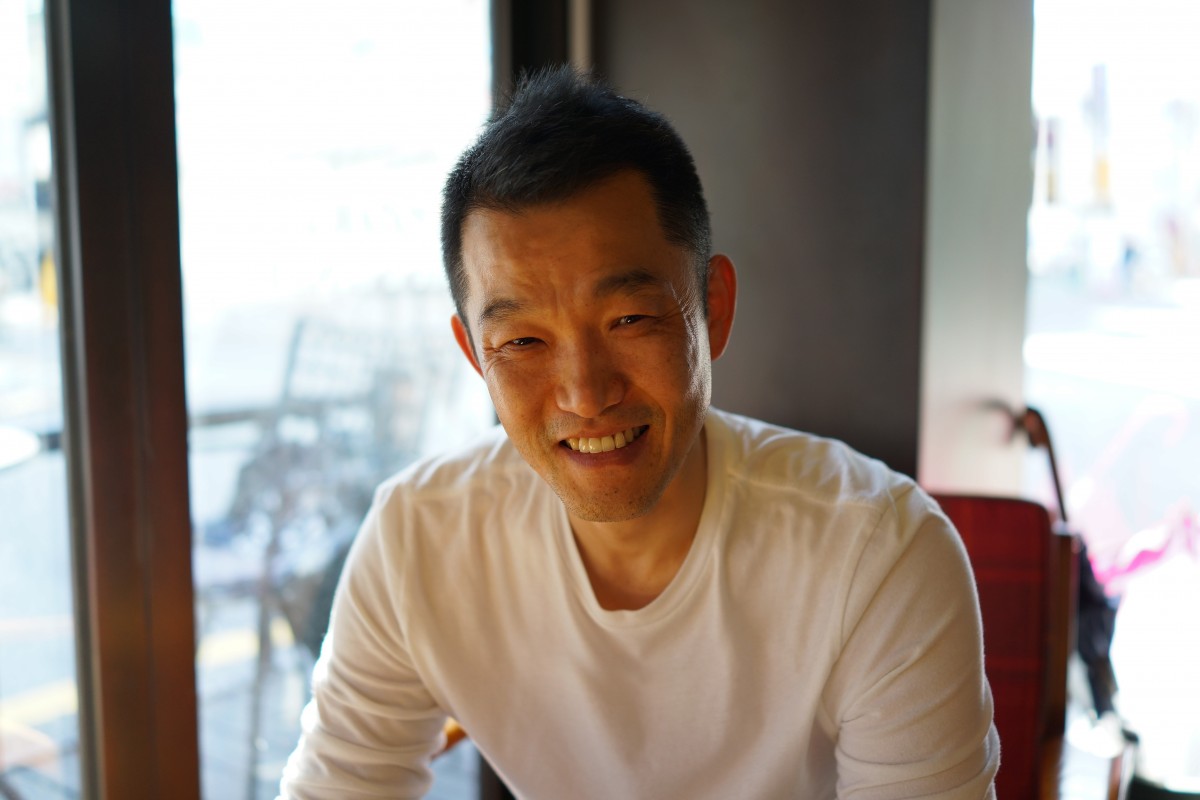Latest Insights & Articles
Keywords
Design Message
Know-理知
환경 / 라이프스타일 / 디자인
Environment / Life Style / Design Environmental appliances have been maintained by being formed with its market as water and air pollution became…
일본인과 한국인_Japanese and Korean
Theme of my master’s process research was “Japanese” and “Korean”. This sense of difference and change raised the questions, such as, Is preference…
디자인 지향성이 브랜드 성과에 미치는 영향: 차별성과 브랜드 혁신의 매개 효과를 중심으로
Study on the Effect of Design Directivity on Brand AchievementFocus on mediated effect between differentiation and brand innovation – Design…
나전칠기_Najeonchilgi
Focus on technical transmission during 1960s~1980s, production technology change, and demand formation Najeon(螺鈿) is a wooden lacquer-ware…
Healthcare Design 헬스케어 디자인
1. 목표 및 개요 본 <헬스케어디자인> 수업은 ECD융합디자인연계 전공의 전공 과목으로, 2014년도 여름학기에는 원주세브란스기독병원과의 협업을 바탕으로 총 3주에 걸쳐 ‘의료 서비스디자인 프로젝트’를 수행하였다. 본 수업에는 산업디자인학,…
Project Inside
No Results Found
The page you requested could not be found. Try refining your search, or use the navigation above to locate the post.
Glocal Experience
“10년 굶어도 안 죽어!”_목진요 교수
지금 강남역에 가면 아름다운 불빛으로 우리의 눈을 현혹시키는 거대한 육면체의 조형물을 발견 할 수 있다. 이는 현대차와 목진요 교수가 함께한 프로젝트인’브릴리언트 큐브’다. 세계적인 미디어 아티스트 목진요는 현재 연세대학교 디자인 예술학부 디지털 아트 전공 교수직을…
UIX _ UX 인턴 경험기
‘UX, UI 쪽으로 인턴 한 번 해볼까?’ 2012년 7월 2일, U2 system에서 인턴으로서의 첫 근무가 시작되었다. U2 system의 사장님이신 최재현 대표님께서 2011년에 연세대학교에서 인터렉션 디자인 강의를 해주셨는데, 당시 그 과목을 수강하면서…
독일에서 베어든 경험
2009년 3월. 스무 살에 만난 연세대학교 원주캠퍼스는 나의 인생에 있어서 전환점 같은 곳이다. 이곳에서 나의 많은 이야기를 시작 할 수 있었기 때문이다. 나는 대학 3년동안 능동적인 대학 생활을 했다. 교내의 광고동아리 열광에서 활동을 하면서 다수의 공모전에…
미국에서 산업 디자인 인턴, 어떻게 하면 할 수 있을까?
재작년 이맘때 즈음 부푼 기대를 안고 미국으로 건너 간지도 벌써 2년이 되었다. 보통 많은 어학연수생들이 짧게는 4개월에서 6개월, 길게는 1년 정도 연수를 다녀오는 것에 비하면 다소 긴 기간이었던 것은 분명하다. 1년이 아닌 2년을 애초에 계획한 이유는 처음…
Spark Design Awards
김성훈 산업디자인학전공 09학번 노형래 산업디자인학전공 06학번 정소연 산업디자인학전공 09학번 SPARK:CONCEPT AWARDS 2012 – Winner(Gold) 수상 2012 스파크 컨셉 디자인 공모전에서 산업디자인학과 노형래(06),…
People Inside
No Results Found
The page you requested could not be found. Try refining your search, or use the navigation above to locate the post.
Editor’s Note
No Results Found
The page you requested could not be found. Try refining your search, or use the navigation above to locate the post.
YSID는?
연세대학교 디자인예술학부 산업디자인학 전공트랙 소모임 YSID Editors가 발간하는 연세대학교 디자인예술학부 산업디자인학전공 전공지입니다. 매년 발간되고 전공소식뿐 아니라 국내외 디자인 이슈에 대한 내용을 다루고 있습니다. 현 웹진 형식의 사이트는 아카이빙 개념으로 운영되고 있으며, 과년호 내용들을 선별 정리해서 업데이트하고 있습니다.
